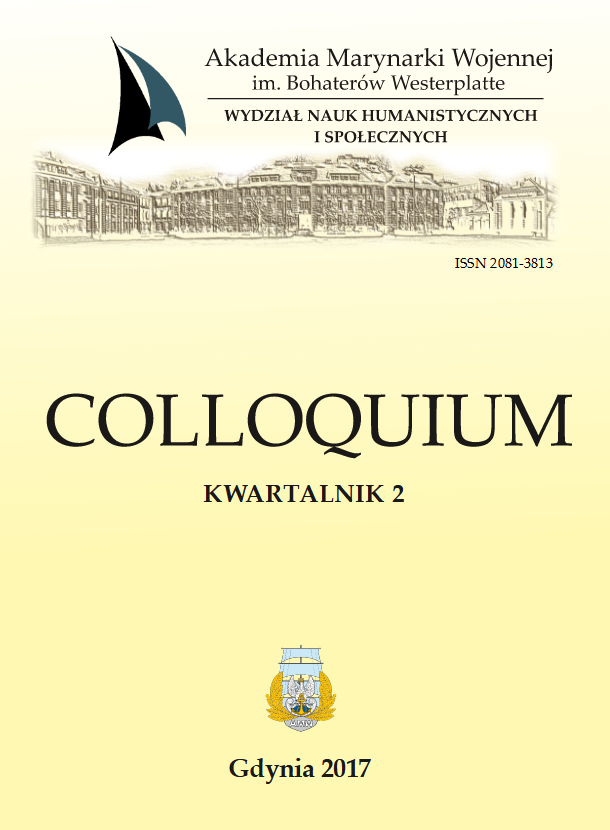BREAKTHROUGH OR CONTINUATION? CENSORSHIP IN THE FACE OF POLISH OCTOBER 1956, PART 2
Keywords:
censorship, propaganda, Polish October, historyAbstract
The present article is a contribution to the history of post-war preventive censorship in the Polish People’s Republic, as well as an attempt to grasp the full scale of manipulations perpetrated against both authors and audience of the censored media — literally of ‘fabricating’ of other people’s texts. The purposes of institutional censorship were constant, prior to and after 1956. In brief, they consisted in: permanent, preventive control of all mass media, of each, even the most simple, piece of information publicised in any way. The censorship, in its official capacity, was interested in publications in all walks of life. The scale of the censoring is astonishing, even today. The presence of introductory, preventive censorship in Poland was commonly known, but its actual scale, basis and content of interferences or confi scations were kept secret from public. It was a mechanism precisely controlled through secret or confi dential regulations. important is the evaluation of meticulousness of the censorial interferences of the ‘red pencil’ and their accuracy to the intentions of the authors of regulations — decision-makers from the Polish United Workers’ Party or state institutions. These regulations determined a field of activity for a censor; they regulated information meant for a Jan Kowalski, an ordinary Polish citizen. They reveal ‘obsessions’ of the state authorities in the period of Polish Stalinism, for instance in the specific scope of state secrets. The control over the expression was only one of many duties of the censorship. An important matter was to present a consultative role of the office, appraisal of the work done by editorial staff, publishers, writers, journalists and even scientific researchers. Censure reduced or intensified its operation according to the actual situation in the country and the policy of the state authorities.
There was a difference between its work before and after ‘the Thaw’ of October 1956. Each of the two periods had its own censoring obsessions and priorities. After the parliamentary elections of January 1947 a monopoly over the propaganda information was imposed, in a spilit of Stalinism leaving its stamp on almost all spheres of public life. Censorship played in the process a role of orthodox guard of the unreal image of the political system being imposed on the country. After 1956, in the wake of the October Thaw, its role changed a little but did not weaken. It is evident in the fact that censors themselves began to call into question some of the regulations but it had no infl uence on the core of censoring operations. The decree on censorship was not changed. The extent of censorial control was not thoroughly specified and the scale of information manipulation was not reduced. After a short reorganizational chaos censors carried out their duties on the basis of methods worked out in the first years of the existence of the office. The final year of 1958 was marked by an evident end of the Thaw, the ban on criticising ‘the Party line’, and a beginning of the so-called Little Stabilisation, in maintaining of which censorship was to play an important role, thus the usefulness of its existence for the regime was not discredited.
Downloads
Published
Issue
Section
License

This work is licensed under a Creative Commons Attribution-NonCommercial-NoDerivatives 4.0 International License.






